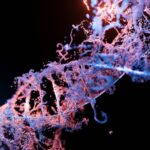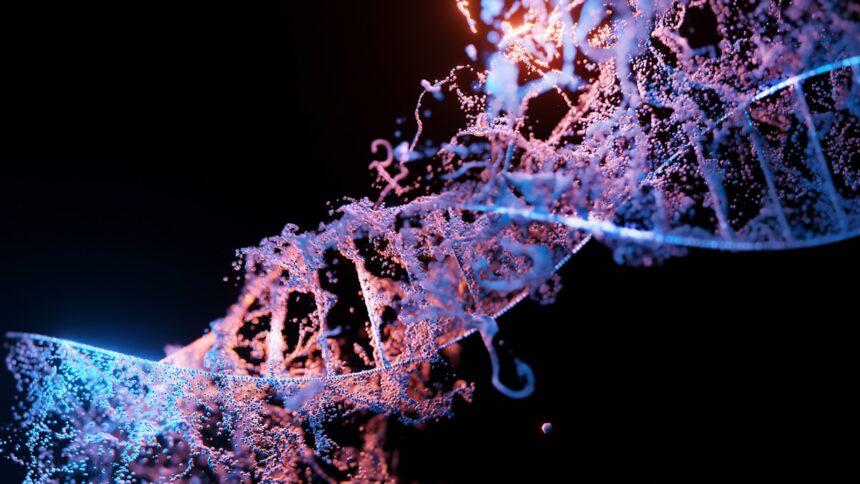Some people live their whole lives with a disease-causing gene variant and stay healthy, while others with the same mutation develop serious symptoms. For years, geneticists have tried to understand why the same DNA change can lead to very different outcomes.
A new study in Cell offers one of the clearest answers yet: a mutation’s effect depends not only on the gene itself but on the company it keeps — and even on how participants carrying it are identified. Scientists from Penn State University examined thousands of genomes from families and clinical databases, focusing on individuals who all shared the same “primary variant,” meaning the main mutation already known to be linked with a specific disease.
Similar: The Bacteria In Your Belly Could Be The Reason Men And Women Get Sick Differently
When they compared outcomes, the picture was far from uniform. Background variants elsewhere in the genome could amplify, soften, or even hide the effects of the primary mutation. These secondary influences — known as genetic modifiers — shaped how the same mutation showed up from one person to another.
Beyond genetic background, the researchers found another factor shaping outcomes: how and where the data were collected.
People recruited through hospitals or rare-disease clinics tended to represent more severe cases, while those identified through biobank screenings were often healthier. These differences, known as ascertainment biases, arise from how participants are selected for studies and can distort our view of a gene’s true effect.
Put simply, a mutation might seem devastating in one study and nearly harmless in another, simply because the people studied were found in different ways.
This double influence — the combination of genetic background and how studies are designed — means the same mutation can’t be seen as a single story. In many cases, the researchers found that taking both modifier variants and ascertainment into account dramatically changed estimates of disease risk.
This means knowing a pathogenic variant doesn’t automatically tell how a disease will unfold. The study suggests that the effects of disease-causing mutations are shaped more by probabilities than certainties — a mutation interacts with the rest of the genome like a conversation, not a command.
With genome sequencing moving from research labs to everyday medicine, doctors and patients alike are asking: “What does this mutation mean for me?” There’s no simple answer. This study’s message is sobering but empowering — context is everything.
Even in well-studied mutations, outcomes can vary widely. Genetic predisposition isn’t destiny; it’s shaped by other variants across the genome. Understanding these interactions may be key to interpreting risk more accurately and developing truly personalized medicine.
Story source: Jensen et al. (2025), published in Cell. Read the study here.







